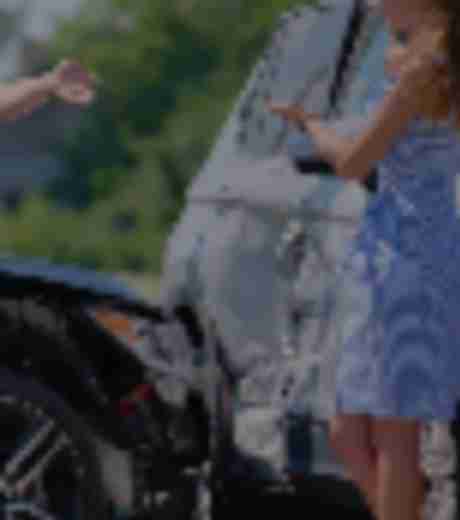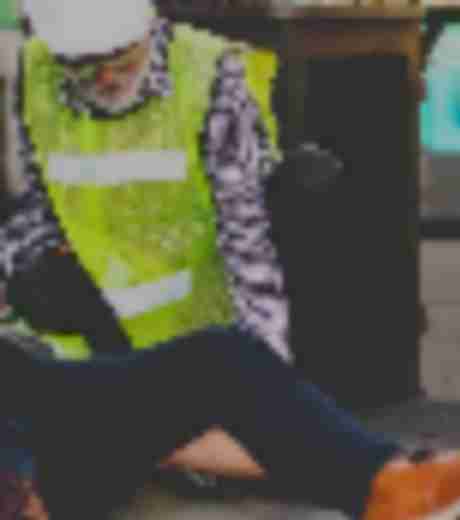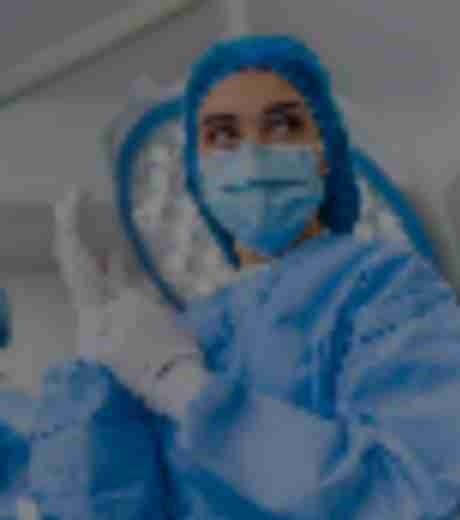Is CT scanning enough for determination of spinal cord injury?
The spinal cord contains the most sensitive and delicate collection of neurons in the human body. Spinal cord injuries refer to any injury or wound suffered by an individual to the spine or any nearby area. Legally, however, spinal cord injuries only take into account acquired spinal cord injuries suffered by a victim. Connecticut law does not take into consideration congenital diseases or injuries for the purpose of legal cases.
Detecting a spinal cord injury is very significant for the treatment and rehabilitation of the injured victim. However, some medical researchers are suggesting that CT scans may not always successfully detect spinal cord injuries. This can lead to misdiagnosis and hinder the injured victim’s recuperation. While CT scans are very successful in discovering any injury to the bone, injuries suffered in ligaments can be undetected in CT scans.
The National Emergency X-Radio Graphical Utilization Study has collected an array of information in order determine the effectiveness of CT scans for detecting spinal cord injuries. The studies concluded that cervical collars had to be kept in place and not disturbed for examining neck and back pains in case an MRI has not been conducted. Many studies further showed that CT scans missed many spinal cord injuries.
Spinal cord injuries often lead to prolonged medical care. Spinal cord injuries can lead to permanent or temporary disability. In some cases, these injuries can even lead to paralysis. Furthermore, motor nerves can be adversely affected due to spinal cord injuries. In addition to physical impairment and disability, a spinal cord injury victim may also suffer from psychological trauma.
Spinal cord injuries are a very serious health matter and it is imperative that healthcare providers take all necessary steps to properly diagnose and treat such injuries.
Source: National Center for Biotechnology Information, “Spinal cord injury resulting from injury missed on CT scan: the danger of relying on CT alone for collar removal,” Accessed on Nov. 21, 2014
Get in Touch
Schedule a Free Initial Consultation
At Kennedy, Johnson, Schwab & Roberge, P.C., we handle all cases on a contingency fee basis. This means that we do not get paid unless and until you receive a settlement or a jury award.
Schedule a free, confidential consultation with a skilled Connecticut personal injury lawyer today.








